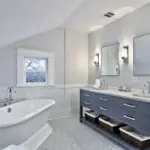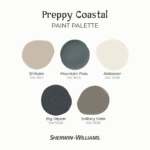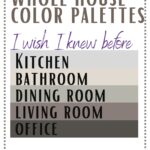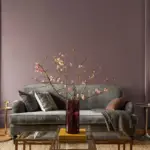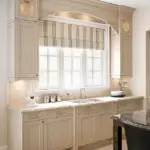When it comes to painting a room, one of the most important factors to consider is natural lighting. The direction your room faces can dramatically influence how colors appear on your walls. North-facing rooms, in particular, present a unique challenge for homeowners and decorators alike. Because these rooms receive limited direct sunlight, they often feel cooler and darker, which can make them appear less inviting.
But don’t worry — with the right choice of paint color, you can transform any north-facing room into a bright, warm, and welcoming space. In this guide, you’ll discover everything you need to know about the best paint colors for north-facing rooms, why lighting matters, how to pick colors that counteract the cool tones, and expert tips to make your space shine.

Why Are North-Facing Rooms Challenging to Paint?
Before diving into specific colors, it’s helpful to understand what makes north-facing rooms unique in terms of lighting.
- Limited Direct Sunlight: North-facing rooms receive very little to no direct sunlight throughout the day. Instead, the light is mostly indirect, soft, and diffuse.
- Cool, Blue-Toned Light: The natural light that does enter tends to have a bluish tint, especially during overcast or winter days. This can cause colors to look cooler or grayer than they do in south- or west-facing rooms.
- Reduced Warmth and Brightness: Because there’s less sun, these rooms may feel dim or cold, even if painted with colors that work well in other parts of the house.
Impact on Paint Colors
Paint colors in north-facing rooms often appear darker and cooler than expected. For example, a warm beige that looks cozy in a sunny room can seem dull or even grayish in a north-facing space.
How to Choose the Best Paint Colors for North-Facing Rooms
The goal when choosing paint colors for a north-facing room is to add warmth and brightness to counteract the cool, blue light and limited sunlight.

Pro Grade Paint Roller Kit, Brush & Roller for Professionals & Homeowners
Perfect for smooth finishes on your interior walls. Ideal for home improvement enthusiasts!
Buy Now on AmazonKey Strategies
- Choose Warm Undertones: Warm colors have undertones of yellow, red, peach, or gold, which can neutralize the bluish tint and make a room feel cozier.
- Opt for Light and Medium Shades: Lighter colors reflect more light, helping to brighten the space. Medium tones can work if they have warm undertones but avoid dark or very cool shades.
- Use Whites with Warm Bases: Pure whites can sometimes appear cold or sterile in north-facing rooms. Whites with creamy, off-white, or warm beige undertones are better options.
- Incorporate Soft Neutrals: Warm neutrals like soft taupes, beiges, and greiges can create a balanced, inviting atmosphere.
- Consider Color Psychology: Some warm colors like soft yellows or peach hues can evoke happiness and energy, which is perfect for a room that might otherwise feel gloomy.
Top Recommended Paint Colors for North-Facing Rooms
Here’s a list of colors that experts recommend for north-facing rooms, with explanations for why they work so well:
1. Warm Whites and Off-Whites
- Why: These shades brighten the room without feeling icy or cold. They reflect light softly and provide a neutral backdrop for other decor.
- Examples:
- Benjamin Moore’s White Dove — a creamy white with subtle warmth.
- Sherwin-Williams’ Alabaster — soft and warm with a gentle yellow undertone.
- Farrow & Ball’s Pointing — a classic warm off-white.
2. Soft Creams and Beiges
- Why: Creams and beiges introduce subtle warmth, neutralizing blue undertones and creating a cozy ambiance.
- Examples:
- Benjamin Moore’s Manchester Tan — a warm beige with golden undertones.
- Sherwin-Williams’ Accessible Beige — light and warm with slight gray undertones.
- Farrow & Ball’s Elephant’s Breath — a greige that balances warmth and sophistication.
3. Pale Yellows and Warm Pastels
- Why: Yellow is one of the best colors to brighten a cool space because of its sunny, cheerful vibe.
- Examples:
- Benjamin Moore’s Hawthorne Yellow — a soft buttery yellow.
- Sherwin-Williams’ Soft Apricot — light peachy-yellow, perfect for warmth.
- Farrow & Ball’s Dayroom Yellow — a pale, light yellow that feels fresh and inviting.
4. Warm Pinks and Peaches
- Why: Soft pinks or peach tones add warmth and a gentle glow, making a room feel inviting and elegant.
- Examples:
- Benjamin Moore’s Pink Damask — subtle, warm pink.
- Sherwin-Williams’ Peach Parfait — warm and light.
- Farrow & Ball’s Calamine — a delicate rosy hue.
5. Light Warm Grays (Greiges)
- Why: Greiges with warm undertones can act as a neutral base that doesn’t feel cold or sterile.
- Examples:
- Benjamin Moore’s Revere Pewter — a light greige with warm undertones.
- Sherwin-Williams’ Agreeable Gray — soft gray with beige warmth.
- Farrow & Ball’s Skimming Stone — light gray with warm peach undertones.
6. Warm Earthy Tones
- Why: Colors inspired by nature, such as terracotta, warm taupes, or muted oranges, can add depth and warmth without overwhelming.
- Examples:
- Benjamin Moore’s Soft Terra Cotta — muted and warm.
- Sherwin-Williams’ Cavern Clay — a rich earthy clay tone.
- Farrow & Ball’s Setting Plaster — soft warm pink-beige.
Paint Colors to Avoid in North-Facing Rooms
- Cool Blues and Greens: While these colors can be soothing, in a north-facing room they tend to look dull and cold because of the bluish natural light.
- Dark, Moody Colors: Deep hues like navy or charcoal may make the space feel even darker and smaller.
- Pure Bright Whites: These can create a sterile or harsh feeling when exposed to the cool light from the north.
Expert Tips for Enhancing North-Facing Rooms Beyond Paint
While choosing the right paint color is essential, here are additional tips to brighten and warm your north-facing room:
1. Use Warm Lighting
Incorporate warm LED or incandescent bulbs with a color temperature of about 2700K to 3000K. Lamps, sconces, and overhead lighting with warm light will complement your paint color and add coziness.
2. Add Reflective Surfaces
Mirrors, metallic decor, or glass accents help bounce light around the room, making it feel brighter and more open.
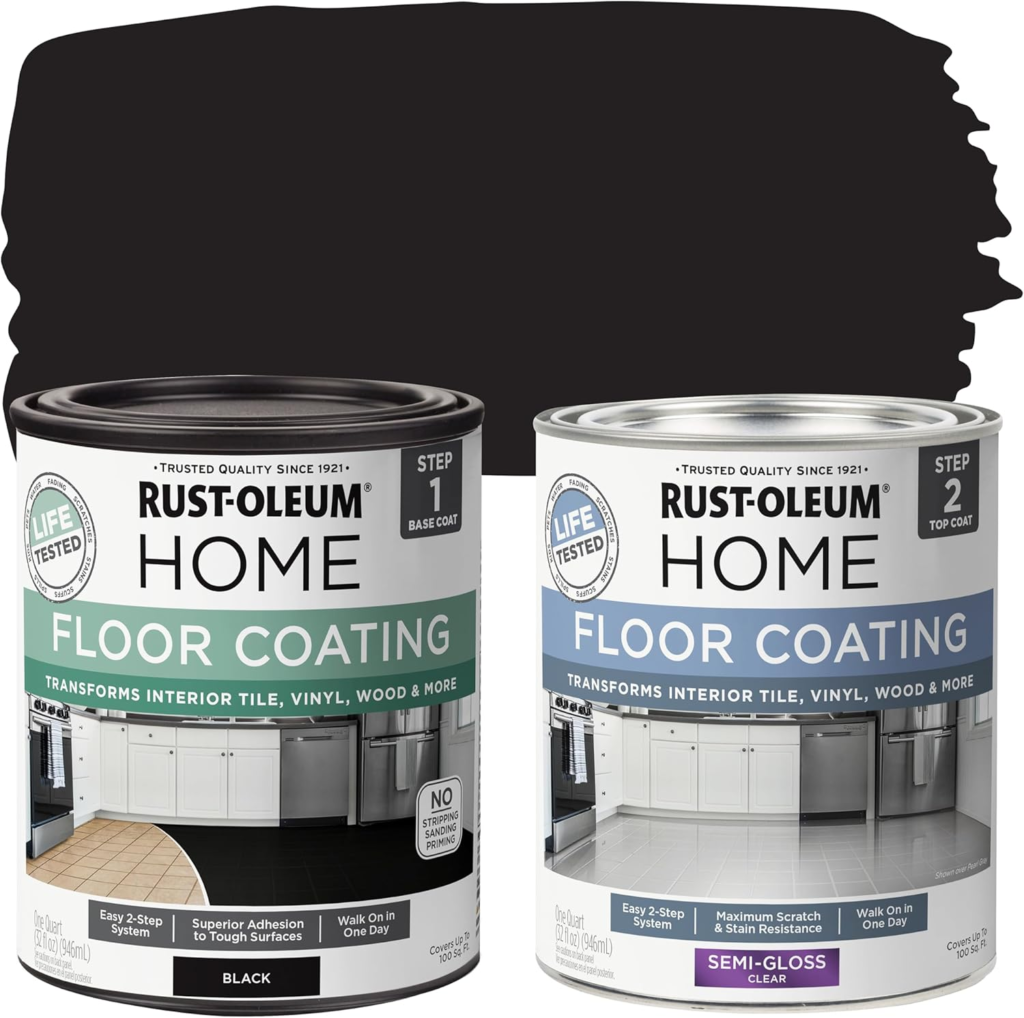
Rust-Oleum 367605 Home Interior Floor Coating Kit, Semi-Gloss Black
Ideal for updating outdated flooring at a fraction of the cost of replacement and adheres without stripping, sanding or priming.
Buy Now on Amazon3. Choose Warm Textiles and Accessories
Rugs, curtains, and pillows in warm tones or rich textures can offset coolness in the light and walls.
4. Consider Ceiling and Trim Colors
Instead of stark white ceilings and trims, opt for warm whites or off-whites to keep the warmth consistent.
Real-Life Examples: Best Paint Colors for North-Facing Rooms in Action
Example 1: Cozy Cream Living Room
A north-facing living room with walls painted Benjamin Moore’s Manchester Tan feels inviting and warm despite limited sunlight. Paired with natural wood floors and warm-toned furniture, the space is bright and comfortable.
Example 2: Soft Yellow Kitchen Nook
Using Sherwin-Williams’ Hawthorne Yellow in a north-facing kitchen nook brings a cheerful morning glow that energizes the space, making it perfect for breakfast or casual dining.
Example 3: Elegant Greige Bedroom
Farrow & Ball’s Elephant’s Breath creates a serene and warm bedroom retreat in a north-facing room, combining sophistication with a gentle glow that soothes the senses.
How to Test Paint Colors in Your North-Facing Room
Because lighting affects how paint looks, it’s essential to test samples before committing.
- Paint large swatches on multiple walls. Observe how the color changes throughout the day — morning, afternoon, and evening.
- Use sample pots rather than small testers. Painting bigger areas will give a better sense of the true color.
- Check with your furniture and flooring. Bring fabric swatches or photos to compare against the painted walls.
Final Thoughts: Brighten Your North-Facing Room with the Perfect Paint Color
North-facing rooms can sometimes feel like a decorating challenge, but with the right paint colors and lighting strategies, they become beautiful, inviting, and cozy spaces.
By choosing warm undertones, light shades, and complementing your paint with warm lighting and accessories, you can banish the cold, blue tint and create a room you love to spend time in.
Ready to refresh your north-facing room? Which warm paint shade are you leaning toward? Creamy whites, soft yellows, or warm greiges? Let me know if you want help narrowing down your choices or advice on coordinating colors!





